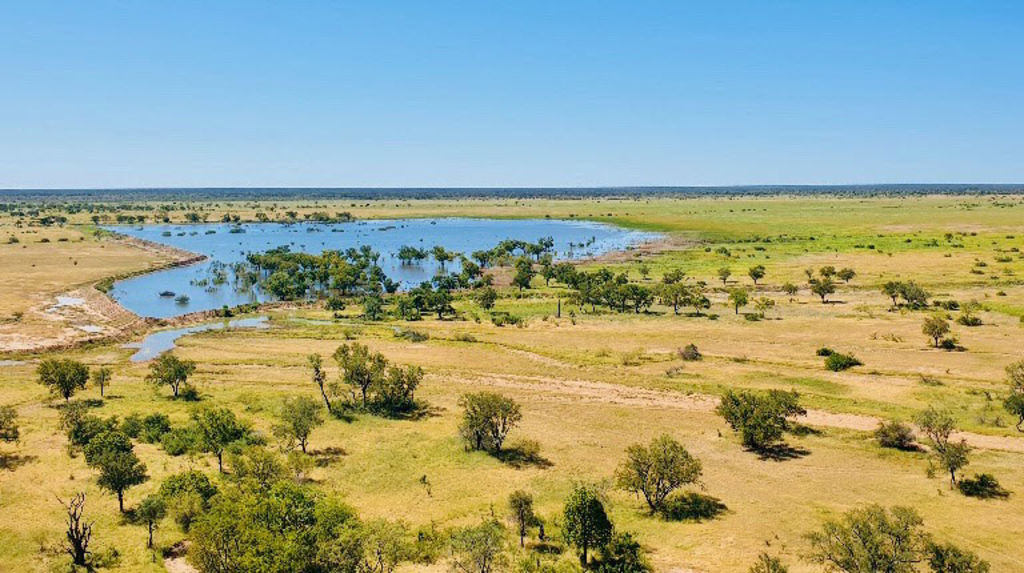
Queensland graziers steer Saxby Downs to market
In the lower Gulf region around 120 kilometres northwest of Richmond, the property spans 227,400 hectares, comprising broken forest and downs fronting the Saxby River.
Wandering across that landscape is a 20,000 head composite herd of Charbray and Saxby Gold cattle. The entire offering by the family-owned AJM Pastoral could fetch $65 million to $70 million.
The McClymonts bought the spread in 2008 from Colinta Holdings, the pastoral subsidiary of Xstrata which has since been absorbed into global resources powerhouse Glencore.
At the time, Saxby Downs had a carrying capacity of 12,000 head of cattle. Its capacity now is around 25,000 head.
Further back, when Colinta bought Saxby Downs in 1989 it had followed various rural acquisitions by MIM, before that mining company was taken over by Xstrata.
Stafford Stock & Property’s Shane Stafford has been appointed to broker Saxby Downs, having negotiated its acquisition in 2008 by the McClymonts.
As it stands today, one of Saxby Downs chief assets is its water supply following major investment under the McClymonts.
The property has 20 free-flowing bores with no pumping costs and three sub bores. Together they can generate a flow up to 1 million gallons daily into 53 tanks and 83 troughs.
Topping that up is the Saxby River and the many creek channels through the property providing seasonal water. More than 8000 ha of cultivable land fronts the river, The property receives 500mm of rainfall annually.
The offering comes as the country’s rural sector recovers from drought and devastating bushfires.
Fund managers and corporate-like family enterprises are expected to set the pace in rural transactions this year as the global demand for Australian commodities such as beef, citrus, nuts and wool drives a push for economies of scale.
While national herd numbers have slumped to the lowest in two decades because of the drought, export cattle prices are at record highs.
Yields on agricultural land dipped only slightly over 2019, delivering a total return of about 13 per cent despite years of spirit-sapping drought across much of rural NSW and Queensland, according to the Australian Farmland Index released earlier this month.












